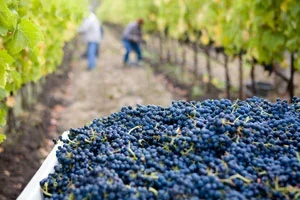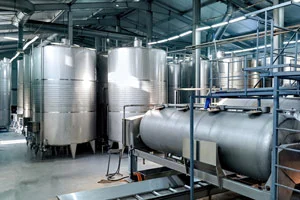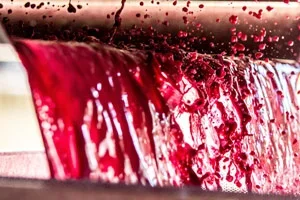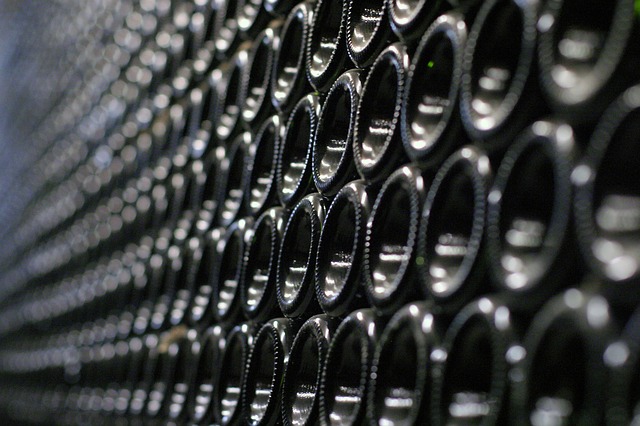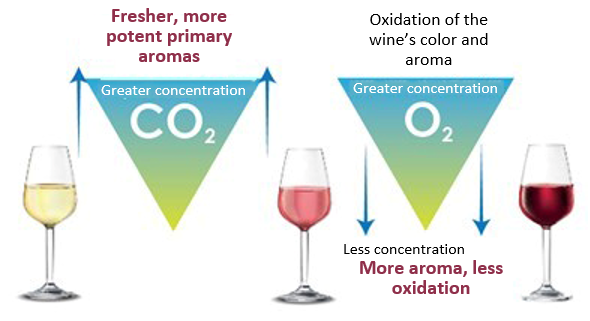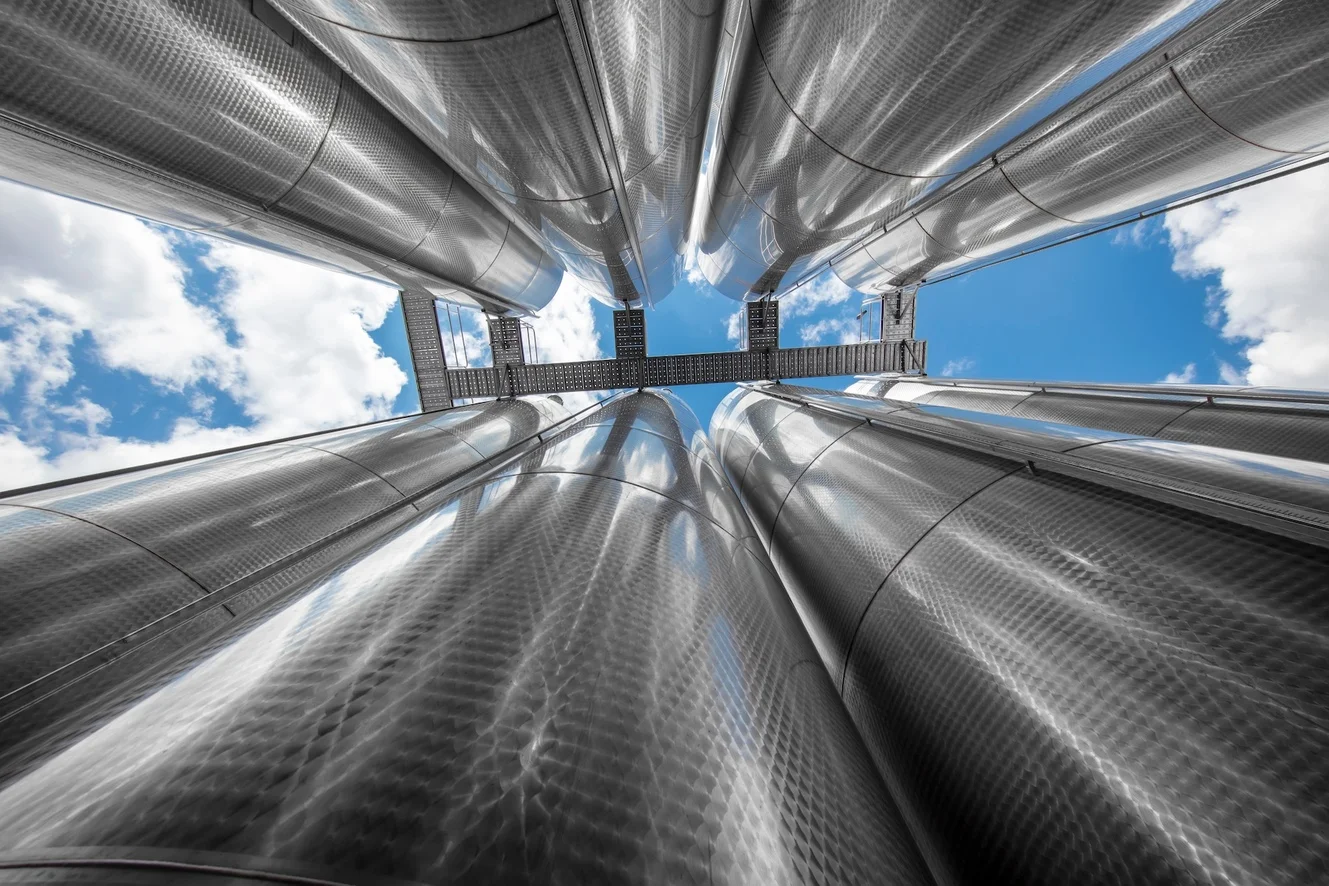The management of gases in winemaking makes a substantial difference in the quality of bottled wines. The excess oxygen deficit can result in the faster evolution of wines towards oxidation or a decrease in the typicality due to the presence of reductions that mask the fruit aromas. Moreover, proper carbon dioxide management will enhance the freshness of white and rosé wines or soften the aggressiveness of the most astringent wines.
Technology: Membrane contactors
There are numerous methods for controlling gases dissolved in wine before bottling, however, the development of membrane contactor technology has now turned them into a highly-efficient tool at an industrial level.
The contactors are cylindrical structures formed by thousands of highly hydrophobic hollow microperforated fibres of food polypropylene. Each fibre has an inner diameter of 200 µm and an outer diameter of 300 µm, with a pore diameter of 0.03 µm. This small pore size allows only low molecular weight gases (O2, CO2 and N2) to pass through it.
The operating principle of the contactors is simple. Due to the hydrophobic nature of the membrane, at no time does the wine come into contact with the inert gas. The membrane acts as a support between the liquid-gas phase. By adjusting the partial pressure of the gas, the gases dissolved in the wine can be selectively eliminated or dissolved. This process will be governed by Henry’s Law.
The following variables will influence the process include:
- – Wine flow rate.
- – Inert gas flow rate.
- – Initial gas concentration.
- – Temperature.
- – Gas pressure.
Los contactores de membrana son útiles para la gestión de gases en el embotellado y en otros momentos de la elaboración, siendo especialmente indicadas para esas aplicaciones.
Eliminación de O2
Membrane contactors are useful for the management of gases in bottling and at other times during processing, and are particularly suitable for these applications.
O2 Elimination
Bottling with high values of dissolved O2 will lead to problems related to color and aroma. Browning and oxidation aromas will appear quickly, as SO2 will combine quickly, destroying its protective capacity.
Therefore, the use of membrane contactors during processing will help us to reduce the amount of dissolved oxygen while keeping wines protected even with lower SO2 values. Its use is particularly interesting in the following scenarios:
- Bottling: reduction of up to 80% of the O2 dissolved in the wine.
- Tank loading and unloading.
- Wine inertisation: saturation with 50% less consumption of N2 than when using bubblers.
- Transfer from barrels: decrease in dissolved O2 that can reach up to 6 mg/l.
- Cold stabilisation: decrease in dissolved O2 that can reach saturation values (11.2 mg/l at 0ºC).
Elimination and contribution of CO2
Carbon dioxide management in wine is complicated due to its high solubility and high temperature dependence. However, the use of membrane contactors make it possible to work with great precision and efficiency to adjust the CO2 levels in the bottling to the most recommended levels.
- Bottling: reduction of dissolved CO2 by up to 40%.
- Bottling: increase of CO2 by up to 2.4 g/l at atmospheric pressure.
Oxi_Out uses membrane contactor technology accurately manage dissolved gases. Its components allow us to accurately see the concentration of O2 and CO2, as well as the temperature of the process and the pressure of the system.
Do you want to optimize your bottling process and ensure the quality of your wines? Contact us today and discover how our specialized technology can help you control dissolved gases and improve each batch. Grow your winery with confidence!
